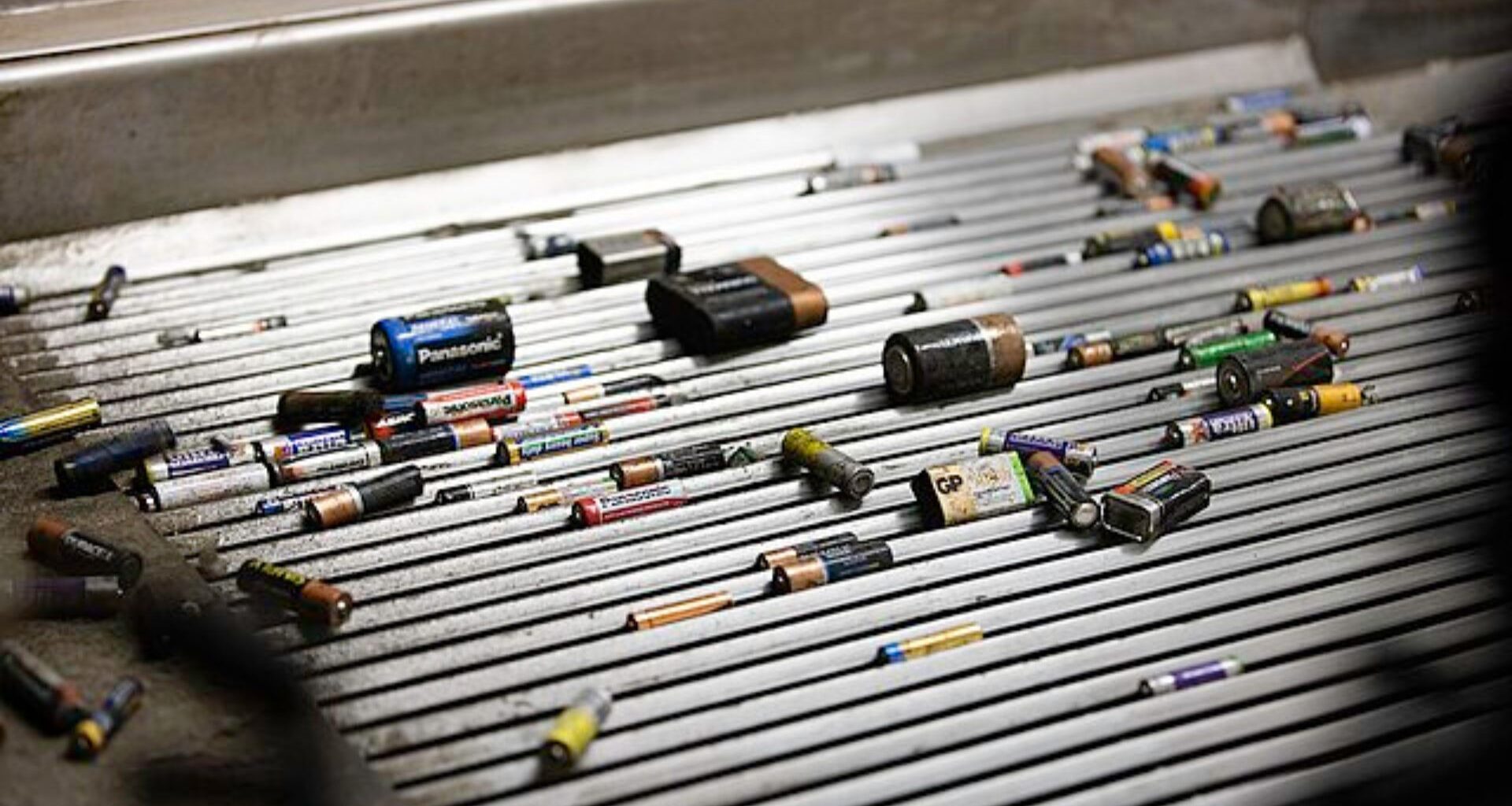Aluminum is quietly sabotaging lithium battery recycling at the atomic level.
In a new study, researchers at the Hong Kong University of Science and Technology (HKUST) have found that even trace amounts of aluminum can drastically reduce metal recovery during recycling.
Their research reveals that aluminum atoms sneak into the cathode structure and disrupt its internal chemistry.
Using advanced imaging and quantum modeling, the team discovered that aluminum replaces cobalt atoms in nickel–cobalt–manganese cathodes.
This substitution locks metals in place by forming ultra-stable aluminum–oxygen bonds. As a result, key materials like nickel, cobalt, and manganese become harder to extract using the acidic solvents typically used in recycling plants.
Hidden chemistry hits hard
To uncover this mechanism, the scientists used high-resolution electron microscopy to observe aluminum atoms lodged inside cathode crystal lattices.
They paired this with density functional theory simulations to understand how those atoms behave at the atomic level.
The results showed that aluminum anchors oxygen atoms and stabilizes the structure in a way that blocks metal leaching.
What appeared to be a minor impurity was now altering the material’s behavior from within.
“We’ve shown that even tiny amounts of aluminum contamination can fundamentally shift how NCM materials behave in recycling systems,” said Prof. Tsang. “This demands a paradigm shift in how we manage impurity pathways in battery-to-battery recovery.”
The findings challenge long-standing assumptions in battery recycling by showing that aluminum contamination is not just a minor inconvenience but a chemical roadblock that interferes with metal recovery.
Rethinking battery breakups
The effect is so strong that it varies depending on the solvent used. In formic acid, aluminum slows the release of metals. In ammonia, it speeds it up. In deep eutectic solvents, the outcome is unpredictable.
The implications of the research stretch beyond the lab. As demand for electric vehicles and renewable energy storage soars, efficient recycling is becoming essential.
Extracting more metal from used batteries can reduce the need for mining and lower the environmental cost of battery production.
Aluminum’s disruptive role also raises questions about how spent batteries are handled at scale. Mechanical shredding, a common first step in recycling, may be introducing more contamination than previously thought.
The study shows that even microscopic friction with aluminum foil can release enough material to interfere with metal recovery.
This suggests recyclers may need to rethink how they dismantle batteries and adopt processing methods that limit unwanted material interactions.
Combined with targeted solvent strategies, these changes could help build faster, cleaner recycling systems.
The research gives the industry a clearer path forward.
By tracking how impurities behave and tuning solvent systems accordingly, recyclers can boost metal recovery and reduce waste.
“We’re not just solving problems—we’re reframing what efficient, climate-aligned battery recycling looks like,” Prof. Tsang emphasized.
The researchers believe that by understanding the invisible barriers inside used batteries, the industry can unlock smarter solutions for battery-to-battery recovery.
The work also supports broader goals around clean energy and circular battery design.
It was recently featured as the back cover study in Advanced Science.

